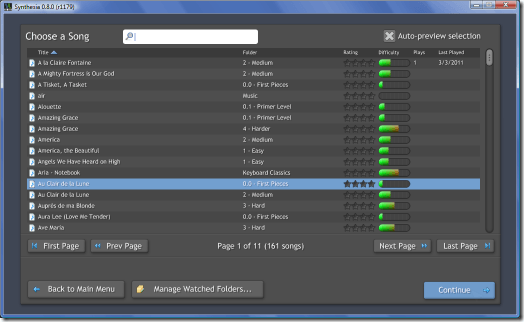-
Bentley Nevada Adre 408 Manual Dexterity카테고리 없음 2020. 3. 16. 11:39
A method and system for balancing a rotating machinery that operates at or near resonance during its normal operating speed, and which has three separate shafts whose axes of rotations are not aligned along a common axis of rotation and counterweights connected near the ends of each of the shafts. The method includes obtaining speed and vibration data, by mounting velocity transducers on the machine's inner frame and outer casing. A data acquisition system is used to collect and analyze the speed and vibration data for steady state and transient operations.
The method further includes adjusting the counterweights using a predetermined rotor influence coefficient determined experimentally using the same setup of transducers, to reduce vibrations below an acceptable level. The data is collected from measurement locations where the number and positions of the measurement locations are less than and different from the number and locations of the correction planes. BACKGROUND OF THE INVENTIONThe present invention is related to the balancing of rotating machinery, and particularly to methods and systems for the balancing of rotating machinery which operate at or near resonance at their normal operational speed.Rotating machinery are balanced to reduce vibration levels to levels that are acceptable from an operational and safety viewpoint. One cause of machinery vibration is imbalance.

Imbalance produces centrifugal forces that adversely load bearings, which in turn reduces the operational life of the bearings, which reduces the expected life of the rotating machinery. Rolling element bearings are especially vulnerable to unbalance loads. The average cost of a bearing replacement for a critical rotating machinery can be in excess of tens of thousand of dollars. Besides bearings, other equipment as well as those connected to rotating machinery may also be damaged by the unacceptable machinery vibration levels, which also add to the costs associated with the remediation of the vibration levels.The need for the balancing of rotating machinery to reduce or eliminate vibration levels has been recognized for many years and many methods have been developed to address the need. On one hand, there are purely heuristic methods that can take from several days to more than a week to complete. On the other hand, there are more deterministic methods that include a vibration analysis of the rotating machinery to determine the vibration vector(s) which provides a magnitude of the amplitude and phase of the vibration.
Bently Nevada Adre 408 Manual Dexterity Pdf
Phase as used herein relates to the angular position of the vibration high point on a rotating shaft, which is measured with respect to a known reference point. One such deterministic method is commonly known as the Rotor Influence Coefficient (“RIC”) method. The output of a RIC test provides an influence coefficient, which is a measure of the amount and location (phase) of the necessary correction weights that needs to be added to or removed from a rotating shaft to lower a measured vibration below an acceptable threshold. Armed with the results of a vibration analysis (e.g., influence coefficients), operating personnel will have the ability to achieve future one-shot balancing of that or any other similar machine. This method (RIC) affords a highly accurate and short duration process to balance other similar rotating machinery as opposed to a heuristic, uncertain and time consuming process.As the number of rotating shafts increase in a rotating machinery from one to several shafts, dynamic vibration analysis and balancing methods based thereon get more complicated and their data analysis needs get rather more unruly. For example, each shaft will need its own set of vibration transducers, in addition to casing-mounted transducers, all of which increases the complexity and cost of the balancing task.Furthermore, industry practice guidelines related to the balancing of rotating machinery specifically recommend that a vibration analysis and the related balancing not be done near resonance conditions as the location of maximum vibration amplitude on a rotating shaft (phase) changes very rapidly with speed near resonance and can lead to considerable measurement error and/or equipment damage. While most rotating machinery are designed to not operate at rotational speeds that are near the resonance conditions, some machines operate near resonance conditions at their normal (1X) operational speed.There is therefore a need for methods and systems for performing a dynamic vibration analysis and balancing of multi-rotor rotating machinery and especially multi-rotor machinery which operate operating at or near structural resonance conditions.